Multicoloured Wooden Sculptures by Keiichi Tanaami
'No More War' is an anthology of colourful sculptures by the artist that draw as much on pop art as they do on the Memphis Group.
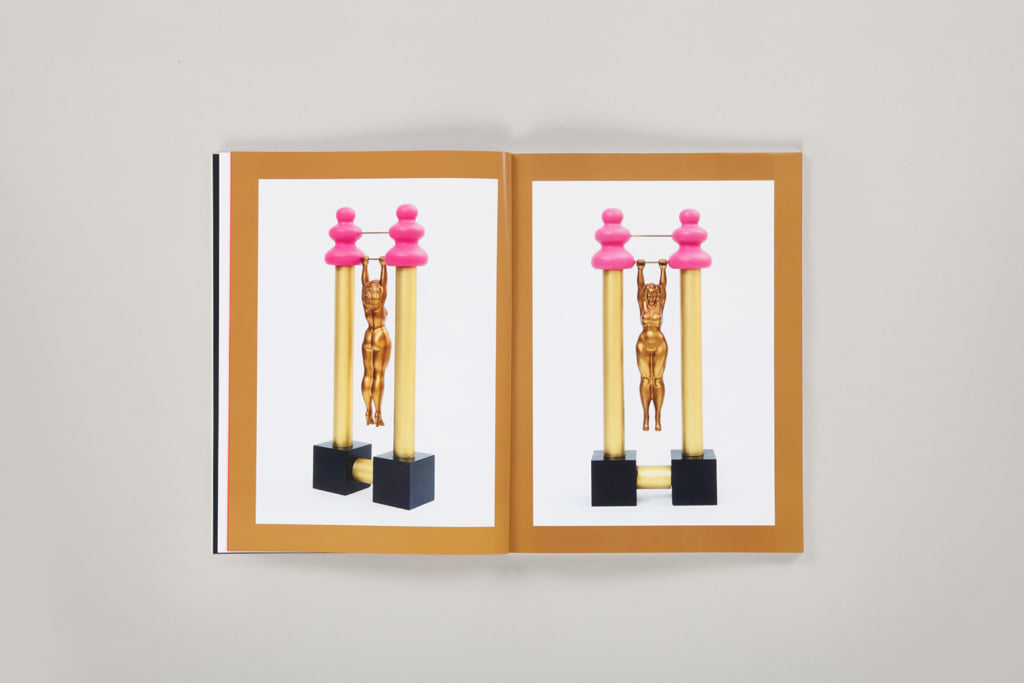
© Keiichi Tanaami
Graphic designer, painter, visual artist, experimental film director… Keiichi Tanaami has various artistic hats, but with one underlying theme: a psychedelic and colourful universe, which can be observed in all of his creations. The work No more war compiles the pieces in his series of wooden sculptures, produced in the 1980s, that, despite perpetuating the artist’s colourful universe, break with his usual style, based as they are on military and erotic themes.
Born in Tokyo in 1936, Keiichi Tanaami was marked by his experience of the Second World War, which infuses his artistic production. After completing his studies at Musashino Art University, the artist, initially a graphic designer, met the master of pop art Andy Warhol in New York in 1969, and thus embarked on a career in art.
From pop art to Playboy
This series is almost reminiscent of a universe of children’s toys and contains objects that combine architectural models, creatures from video games, and abstract figures, drawing as much on pop art as they do on the Memphis Group. The entirety is made from Japanese wood, in a nod to local handicrafts.
The artist, who designed album covers for Jefferson Airplane and The Monkees, became the first artistic director of Japanese Playboy in 1975. His work bridges the gap between eastern and western culture, where death, war, and sexuality are placed in the foreground. These themes are also dear to another artist and a contemporary of Keiichi Tanaami, Tadanori Yokoo.
No more war (2013), a collection by Keiichi Tanaami, is published by Edition Patrick Frey.
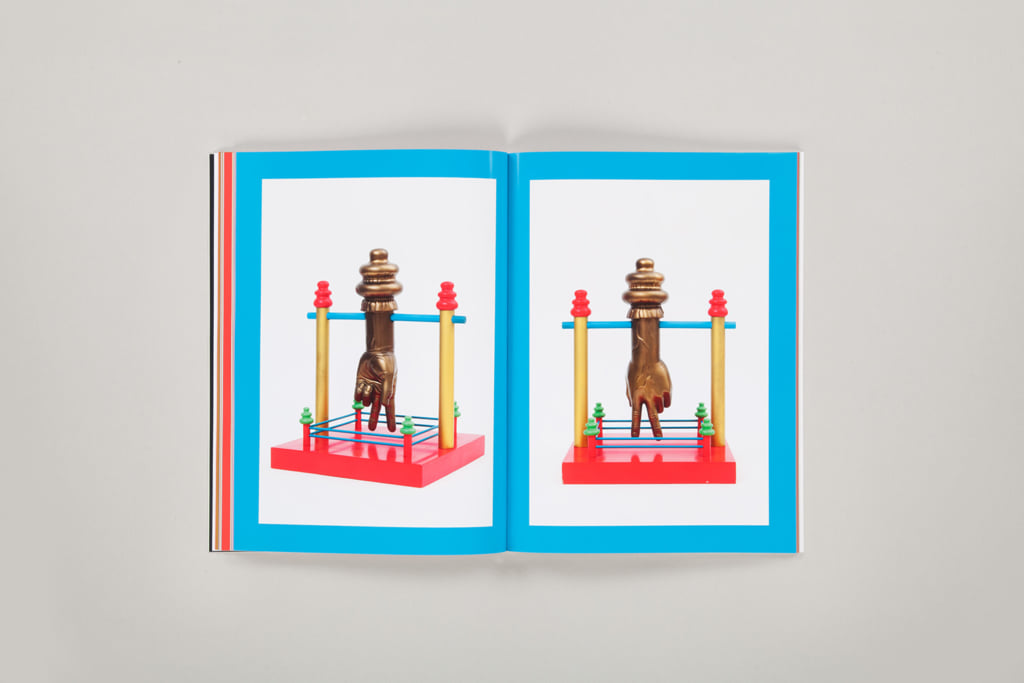
© Keiichi Tanaami
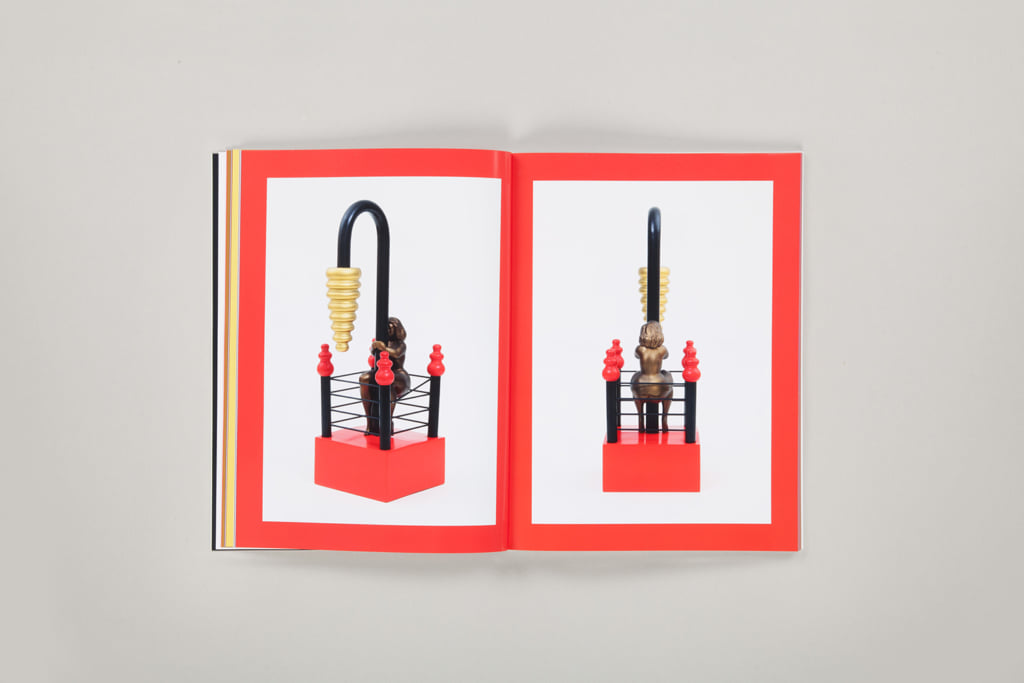
© Keiichi Tanaami
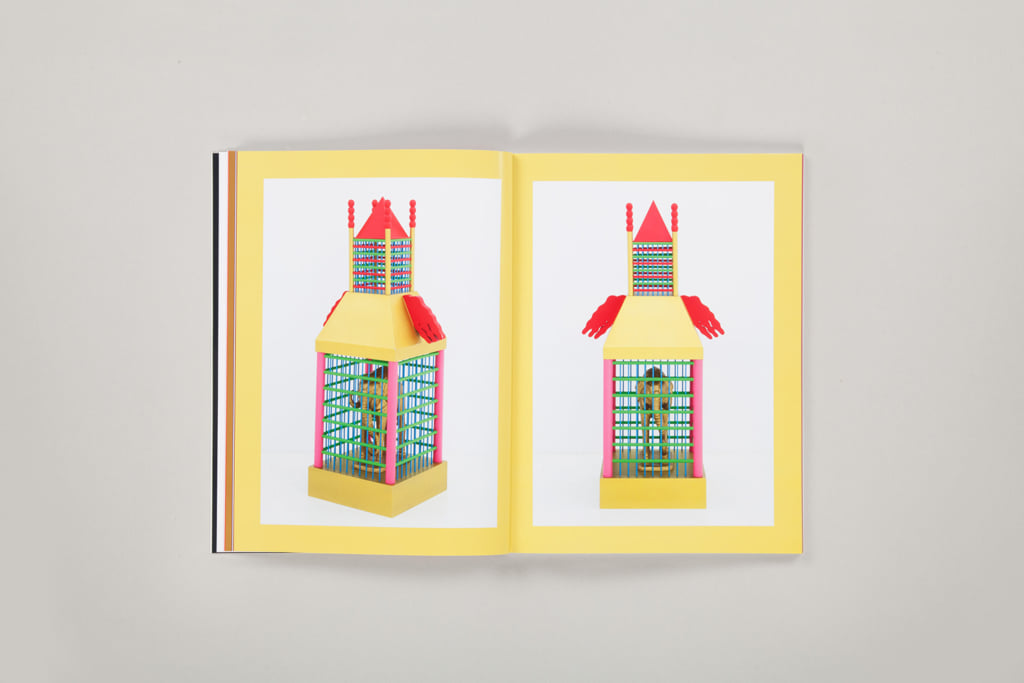
© Keiichi Tanaami
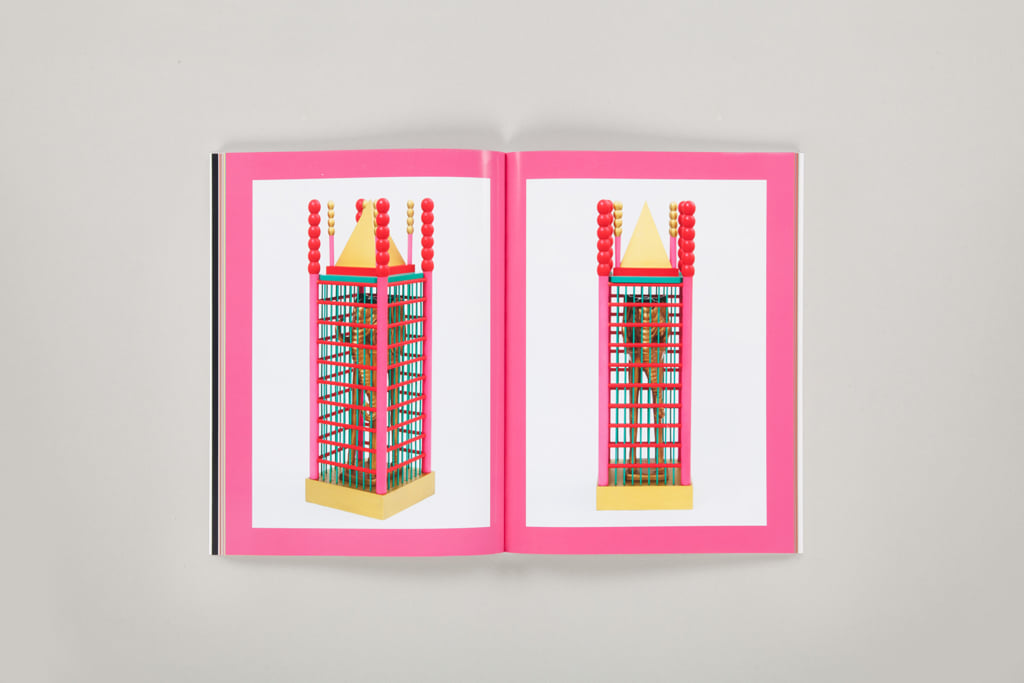
© Keiichi Tanaami
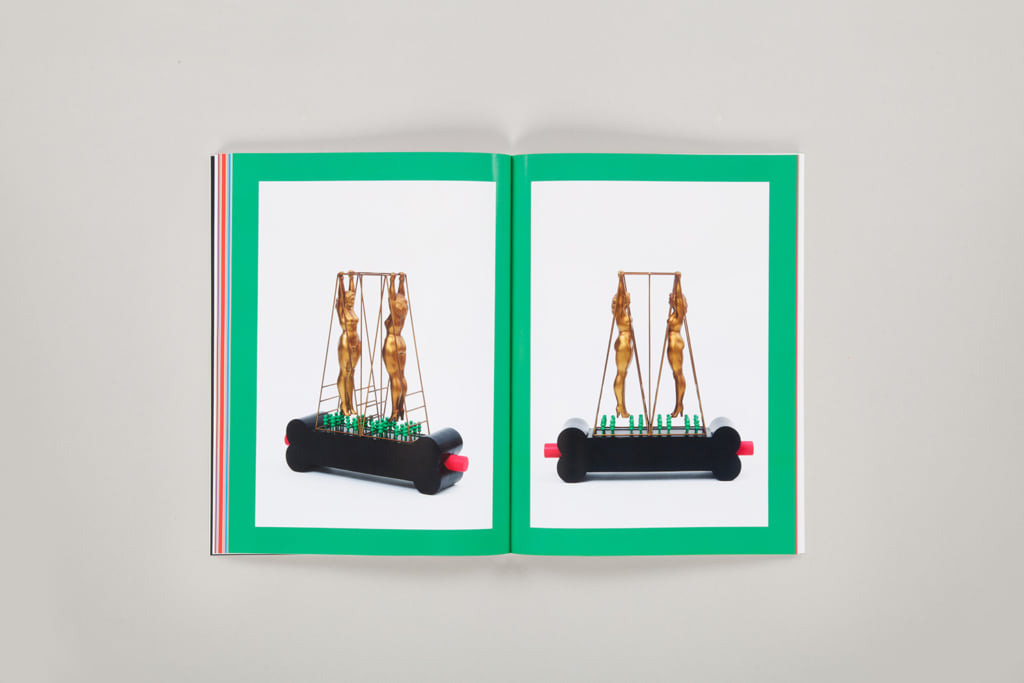
© Keiichi Tanaami
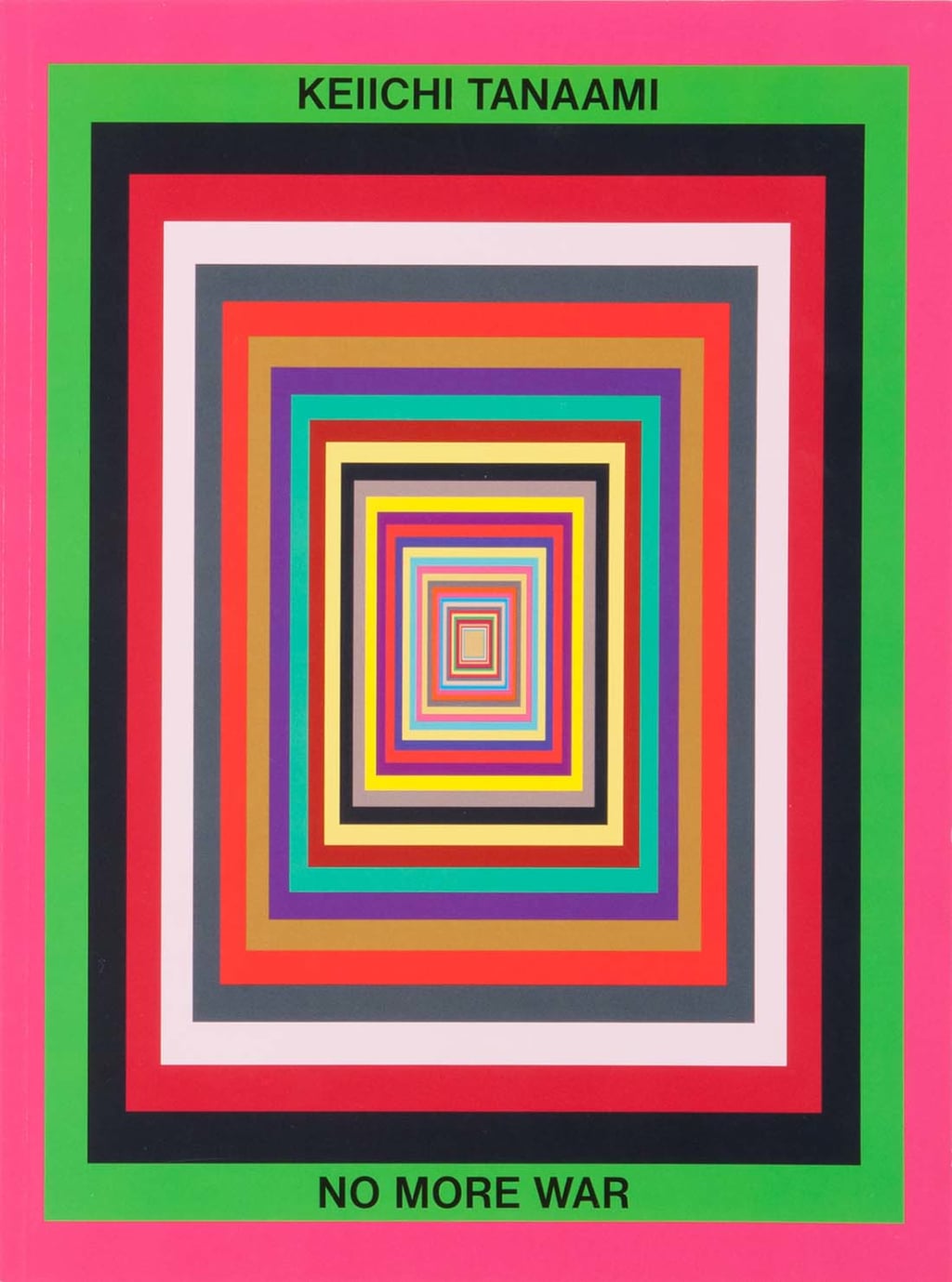
© Keiichi Tanaami
TRENDING
-
A House from the Taisho Era Reveals Its Secrets
While visiting an abandoned building, Hamish Campbell discovered photographs the owner had taken of the place in the 1920s.

-
The Taboo-Breaking Erotica of Toshio Saeki
The master of the 1970s Japanese avant-garde reimagined his most iconic artworks for a limited box set with silkscreen artist Fumie Taniyama.

-
With Meisa Fujishiro, Tokyo's Nudes Stand Tall
In the series 'Sketches of Tokyo', the photographer revisits the genre by bringing it face to face with the capital's architecture.

-
Masahisa Fukase's Family Portraits
In his series ‘Family’, the photographer compiles surprising photos in which he questions death, the inescapable.

-
Hajime Sorayama's Futuristic Eroticism
The illustrator is the pioneer for a form of hyperrealism that combines sensuality and technology and depicts sexualised robots.





